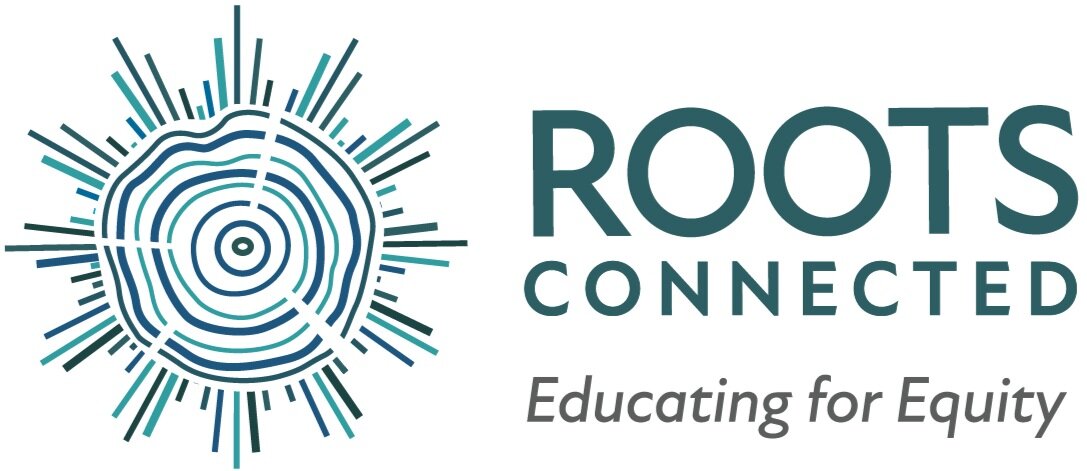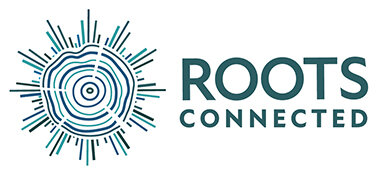Connecting Families to Curriculum
Having an anti-bias approach to curriculum, making space for individual stories to be heard and parts of identities shared, and deeply understanding social justice concepts, become part of the students' every day experiences at Community Roots, our Learning Site. The curriculum is planned and delivered in a way that allows for multiple perspectives in history to be heard and opportunities for students to connect history to present day. It also offers space for students to consider social action as a way to address injustices that they see present in their communities or the communities they are learning about.
Every year, students learn through 3-4 Social Studies units, units that are connected to other disciplines through a project based, integrated studies approach. At the end of each unit, families are invited into what is called a "culmination". This culmination is not a space where only presentations are made, but a chance for family members to learn about the process of learning and understanding in their child's experience. Their child guides them through their own learning and poses questions for their families to think about. In thinking about how to connect their experiences in the classroom to their families, the approach is to create space for families to experience it alongside their students.
Culminations, whether they happen at the end of a Social Studies unit, a Writing unit, or through Book Clubs, offer insight and connection to the child's experience and learning in school and invite grownups to the learning process, reinforcing the idea that we are all on life-long journeys of learning. One father commented, at the end of an experience such as this, that, "I didn't learn about this stuff when I was growing up in school. I feel like I learned a lot from my child today and from my child's classmates." Another family member shared that, "if we could find spaces like this for us to talk as adults, I think our country would be in a different place."
The continued connection to both content and to their students' experiences, allows for the gap between school and home to lessen, and creates entry ways for further conversation and growth.
Families members and students share short stories from their lives.
Students share their research papers in the Black Freedom Movement Study with a small group of peers and families. Space is made for discussion after each share.



